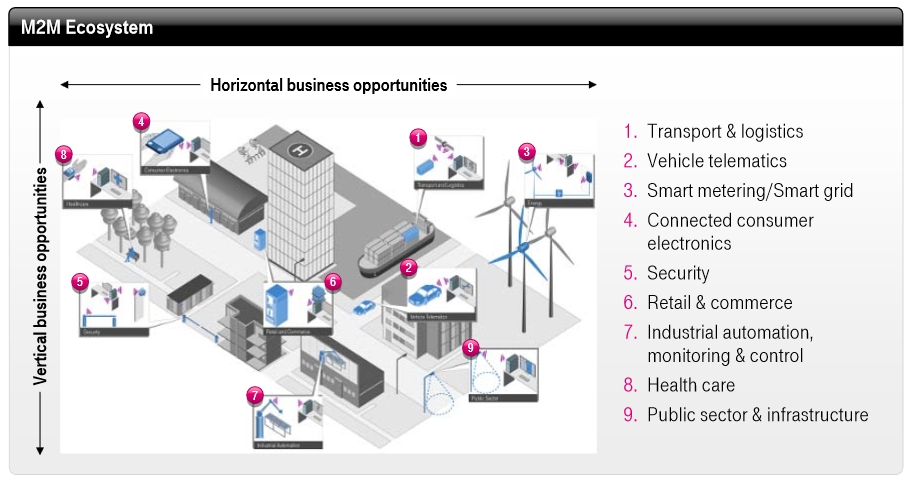Do-it-Yourself Standards
Not without notice, the announcement of OSSii was made on the eve of the TM Forum’s Management World event in Nice, France (and was repeated at the event itself). Huawei, Ericsson and NSN have long been flagship sponsors of the TM Forum, which advocates interoperability with Frameworx, and though there was no mention of the superiority of OSSii, the timing seemed all but coincidental.
What’s interesting is that OSSii isn’t a standard—it’s a memorandum of understanding (MoU) that addresses the problems that neither standards nor proprietary interfaces can solve alone.
“What we see from OSSii is a desire to create a fertile environment,” says Mark Cummings, PhD, the CTO and founder of Orchestral Networks. “OSSii doesn’t create a standard, but a
process whereby the NEMs still have their proprietary interfaces; small software companies can create solutions that drive convergence without [the NEMs] having to give up innovation and value
pricing.”
GMA
Everyone seems to agree that the future belongs to the machines—that is to say, machine-to-machine (M2M) communications will outnumber person-to-person communications in just a few years. While this development might make fans of the Terminator movies a little uneasy, it represents a ripe opportunity for CSPs. As you can see in figure 3 below, there are numerous vertical and horizontal business opportunities in the M2M ecosystem.

Source: Deutsche Telekom, May 2012
There is no doubt that M2M is hot, but widespread commercial adoption has been sluggish. Challenges include the need to establish agreements for fair roaming charges, the lack of cross-platform interoperability, the sheer number of innovations and solutions coming from numerous verticals, and, as is the case with many emerging technologies, the lack of unified standards.
The Global M2M Association hopes to change all that. In early 2011 France Telecom (now Orange) and Deutsche Telekom announced the formation of the GMA, an intracarrier alliance created to accelerate the adoption and standardization of “the Internet of Things.” TeliaSonera hopped on board that summer, and on June 22 of this year a fourth CSP joined the group: Telecom Italia. Together the four carriers are able to extend M2M services to 28 countries in Europe, covering 94 percent of the continent’s population.
The GMA has three core objectives:
- Seamless customer experience: To fluidly deliver M2M solutions across national borders, roaming quality of service (QoS) must be standardized.
- Enhanced interoperability: Interoperability requires a unified, streamlined approach to M2M module certification.
- Innovations and partnerships: Developing partnerships and fostering innovation is essential in order to hasten the evolution of the M2M ecosystem.
The GMA’s main competition is an M2M platform created by Jasper Wireless, a market-leading vendor in the M2M space. Jasper’s Control Center platform has close to 20 CSP partners so far, including major players like AT&T, NTT Docomo and Telefónica. But what’s unique about the GMA is that it’s an operator-led initiative that’s platform agnostic.



















